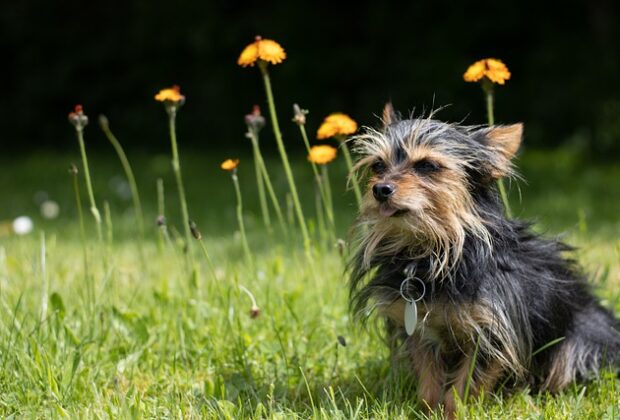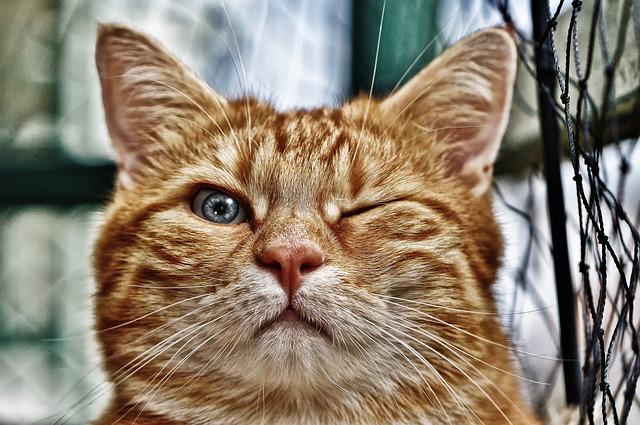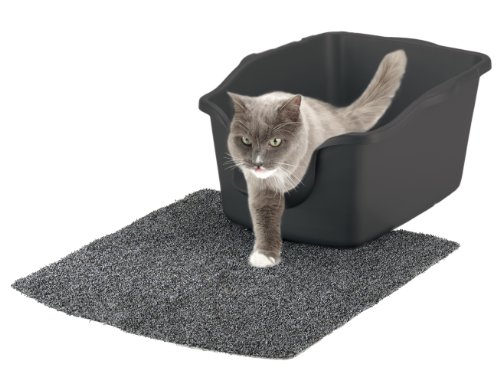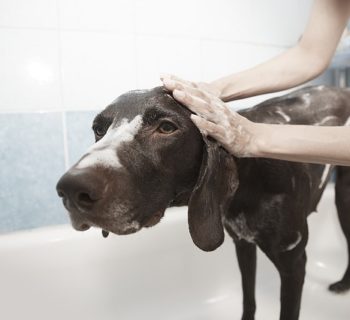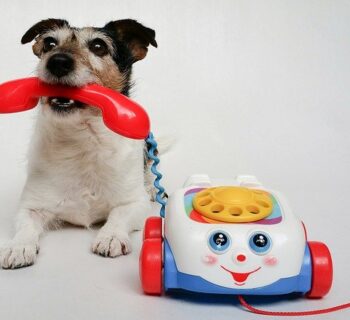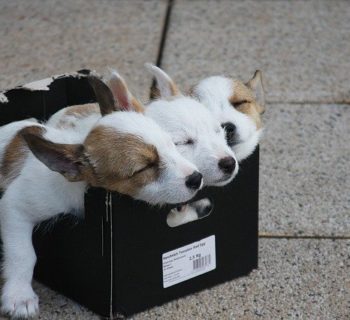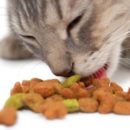Your puppy, the small furry cutie pie you got home not so long ago, is grown up and too big for your lap. You have doubts if your puppy is still a pup or has he become an adult. You want to know if it is time to change from puppy to adult dog food. If you have questions about when a dog is no longer a puppy, you have come to the right place. In the following sections, we will tell you briefly about a dog's growing process, so it is easy for you to know when it is no longer a puppy.
Usually, a puppy is considered an adult dog when it is between one and two years old. However, even during this phase, a dog's bones are not fully developed, which differs from one breed to another. Here are some of the top signs to watch out for to know if your puppy has become an adult dog.
Table of Contents
Possible Signs Your Puppy Is Now an Adult
Its Puppy Teeth Have Vanished
When your pup is about 6 to 7 months old, you have noticed that it has lost all its puppy teeth. It would have developed adult dog teeth by this time, which requires a proper dental care routine. You can use simple finger brushes to clean your dog's teeth at least thrice a week. The minute you start this dental care routine on the mature teeth of your dogs, you should understand that your pup has begun to grow up. Since puppies have mature and sharp teeth at this stage, you can give them firm and sturdy dog toys to develop them further.
Its Sense of Chewing Increases
How often have you noticed your pup chewing off your shoes, rugs, clothes, carpets, and other things that it shouldn't chew? Well, you will be relieved to know that as a dog grows, its sense of chewing increases.
When you notice that your pup has stopped chewing unnecessary things, it is a sign for you that it has grown up. Since grown-up dogs develop mature teeth, they don't feel the need to chew on things that aren't suited for them. Also, they will start differentiating between things they can and can't chew once they stop being a puppy.
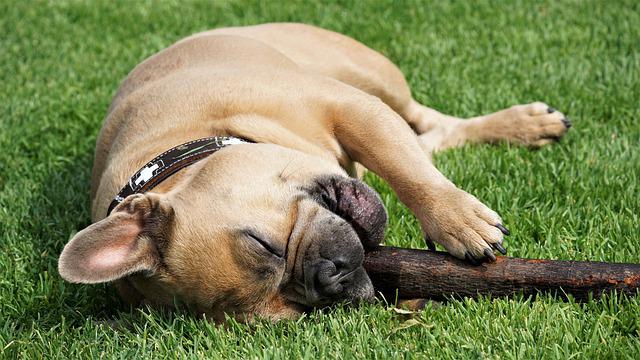
Its Appetite Starts to Reduce
When your pup is between 4 and 6 months old, it is extremely energetic and has a reasonably high appetite. However, as it grows, its nutritional requirements start to vary. As a result, its appetite starts to reduce drastically, and you have to make the switch from puppy food to dog food. However, before making this transition, please check with your veterinarian because appetite requirements will change from breed to breed as dogs grow up.
If you have decided to spay or neuter your pup, it will also directly affect the animal's reduced appetite. At least for a few days after the surgery, you should keep feeding about 20% less food than you provided before the surgery to help your pup adjust to the schedule. According to canine experts, it is best to talk with your vet and choose the right dog food that will satisfy your now-grown dog's nutritional and calorie requirements.
It Starts Exhibiting Signs of Sexual Maturity
When does your dog start to exhibit signs of sexual maturity? The answer to this question will depend on the breed of your dog. Small dogs like Shitzu and Pug might show signs of maturity when they are about 9 months old. However, big-sized breeds like Great Dane show signs of maturity only when they are about 18 to 24 months old.
You should watch out for specific behavioral patterns in your dog to observe these signs. For male dogs, these are the signs to watch out for – developing an interest in the opposite sex, peeing while lifting a leg, increased marking characteristics, etc. On the other hand, female dogs exhibit certain other signs like bloody discharge, increased anxiety, and irregular appetite, to indicate that they have reached the stage of sexual maturity. When you notice these signs, you should consult a vet about your decision to spay/neuter your dog.
It Knows to Control Its Urges
While having a pup running around your home is a pleasant experience, you might have trouble cleaning up its poop or urine every few hours. Regardless of the times you train them, puppies cannot control their discharges properly, and you might have to deal with many accidents until they are about 6 months old. However, they can hold their poop or urine for a long time as they grow up.
They can be easily trained to discharge in the open, thereby keeping your house clean. Though adult dogs can hold their urine for about 8 hours, they shouldn't go that long without going to the bathroom. When you see that your house is not getting spoiled as frequently as before, you can safely assume that your dog is no longer a puppy.
It Doesn’t Get Into Trouble Anymore
One of the most important signs to tell you that your pet is no longer a puppy is its emotional maturity. Unlike sexual maturity, you cannot observe your dog's body directly to know if it has matured in its emotions.
Watch your dog and observe its behavior carefully. Your pup becomes less aggressive at about 6 to 8 months. It doesn't get into trouble like before, and it doesn't keep jumping up and down on your couch, beds, floor and other furniture. It starts listening to instructions carefully, and it tries to socialize with other animals while going for walks. It tries to learn from other animals and silently falls into a proper routine in life. If your dog suddenly becomes quiet and disciplined, you can know that it is no longer a puppy.
It Needs Frequent Brushing
When a pup is born, you will notice that it has soft and silky fur covering it. These furs are shorter and fluffier than an adult dog's coat. When a dog turns about 6 months old (depends on the size and breed of your dog), this puppy fur coat starts transforming into an adult coat.
During this stage, you will notice a considerable change in the color, length, and overall texture of your dog's skin. This is when you can tell that your pet is no longer a puppy. While it is just getting developed, the adult coat can get tangled easily, hence, it requires you to brush it frequently.
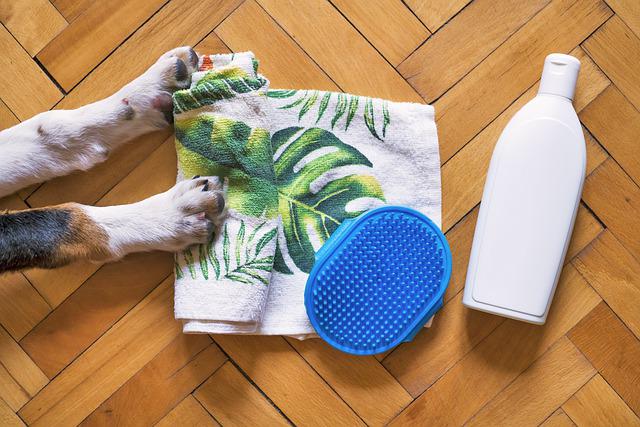
It Becomes Socially Active
When it is very small, a pup is very sensitive and possessive. It keeps clinging on to you always and never mingles with anybody else. However, your dog wants to go out on walks when it is about 6 to 8 months old and it develops a willingness to interact with other dogs.
At this stage, even if you bring a second dog home, it doesn't create any problems. Its aggressive behavior is subdued, and it shows a greater willingness to be trained. It shows an open-mindedness to learn new things and wants to be a group leader. However, while encouraging social interactions, you must observe your dog to check if it shows any discomfort. If it is entirely comfortable, you can be assured that it is no longer a puppy.
It Starts to Play and Run Around Less
When your dog stops showing interest in playing and jumping around your home but is more interested in running around the dog park, it is a sign that it is no longer a puppy. Also, it may get irritated when a smaller dog starts playing around with it.
As pups grow up, they lose interest in playing for treats, but they are more interested in sniffing around your place and looking all over the dog park to search for new friends to play with.
Bottom Line
Though the above are general signs to watch for when your dog is no longer a puppy, please be informed that the signs may vary from one breed to another. Some dogs like Labrador Retrievers are naturally very playful. They don't stop playing even when they are about 10 years old.
If you want to change your pup's diet to an adult dog's food, you must talk with your vet to understand your pet's nutritional requirements. It takes about 9 to 12 months for small-sized breeds to switch to adult dog food, whereas it takes about 12 months for medium-sized breeds and about 12 to 16 months for large-sized breeds.
Dogs also start to listen more and become more attentive to instructions as they grow up. When you notice these signs in your dog, please consult a vet immediately if you are unsure on what to do. This will help you take proper care of your pet's diet and ensure that it gets its daily dose of nutrients and calories.
About the Author
Kirsten Heggarty
Kirsten created The Pet Handbook with the aim of sharing her knowledge about pets, pet food, healthy habits, and more. All of her advice is based on years of her own experience with her pets, and feedback that she has received from grateful readers about her tips. If you want to know more please read the About Me page.

